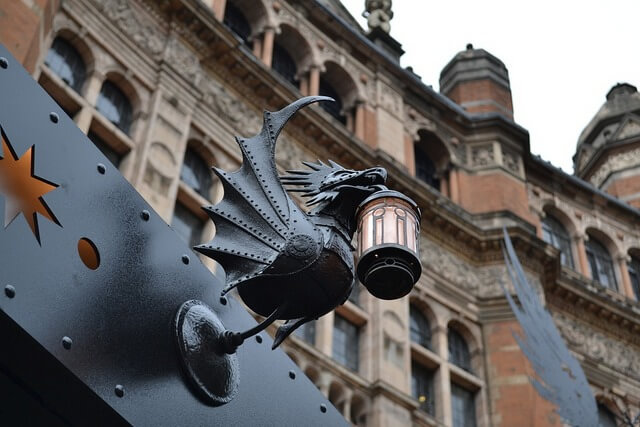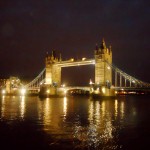For travellers who love theatre, London is a must-see city. The West End has some of the best performance in the world, ranging from musical theatre, to plays, to dance and concerts. There’s easily something for everyone.
But not everyone can easily access West End theatres. Built during the Victorian or Edwardian eras, most of these stunning buildings pre-date accessibility laws and the present culture of inclusion. Many of them are also listed, which acknowledges their historical significance and legally protects them from alteration. Whilst this means greedy developers can’t knock them down, adding permanent features that changes the architecture, like lifts or ramps, is also not permitted. This makes going to the theatre in London difficult for those with access requirements.
Fortunately, the theatre industry is working to come up with solutions that work around these building restrictions and allow everyone to experience the theatre. Infrared sound systems, low-level counters, portable ramps, and separate entrances are all now commonly used across the West End. Most shows also have access performances, such as captioned, BSL interpreted and relaxed performances. Touch tours and Visual Stories can be provided at most venues, and specially trained staff are equipped to help people with disabilities enjoy the theatre.
There are other obstacles in addition to the buildings, though. With the size of the theatre industry in London, the number of websites devoted to it is even bigger. Ticket sellers, news and reviews sites, blogs and forums take up a vast amount of cyberspace. This isn’t an issue in itself, but for a disabled traveller who is looking for access information, locating it amongst all of the other content is difficult. Finding the theatre’s website is hard enough, but there’s no industry standard for how access information is publicised. A recent survey by the charity VocalEyes states that 72% of sampled theatres had access information on their websites, but this varied from a few sentences to detailed descriptions. That means that a disappointing 28% of venues had no access information publicised at all.
There are resources that help, however. SeatPlan lists all of London’s major theatres and many regional ones, with each venue page having a dedicated access section. This is where you can find the contact details for theatres’ box offices and access teams, who will be able to provide you with up-to-date access information and assist you in booking suitable tickets. There are also detailed descriptions of the building, including the number of stairs, whether or not there’s a lift and where the step-free entrance is located. The Society of London Theatre (SOLT) has another great resource, the quarterly updated calendar of access performances, though do check directly with the theatre to ensure this information is accurate.
Both of these sites bring information about all of the West End’s big theatres together in one place. Rather than looking for the websites of each individual theatre you are considering visiting – and some of these aren’t easy to find, as they’re owned by larger companies – SeatPlan and SOLT save valuable planning time and help visitors navigate an unfamiliar city’s theatre culture without uncertainty or stress. They’re vital resources in a thriving, lively theatre culture that go a long way in helping everyone go to theatre, no matter what their access requirements are.
.
.
.








A very informative post. Thankfully nowadays, getting out and about in London with a wheelchair is a lot easier than it used to be